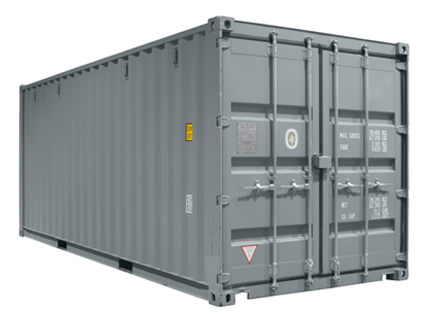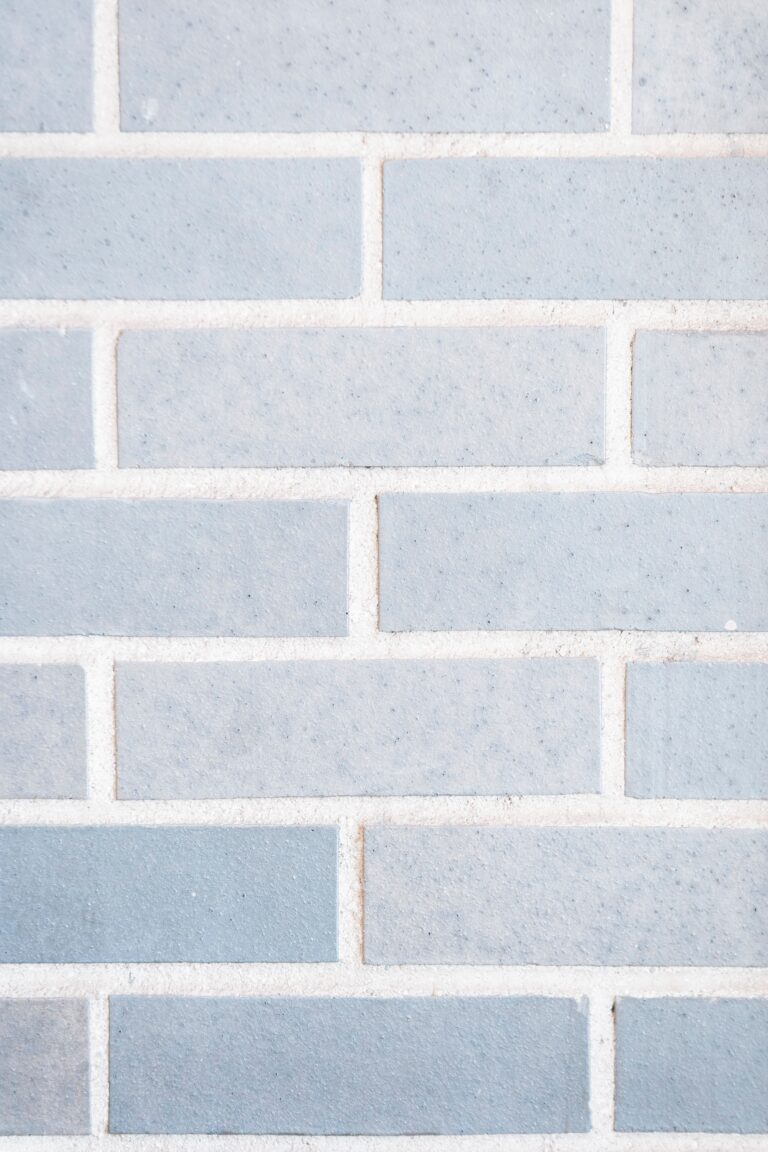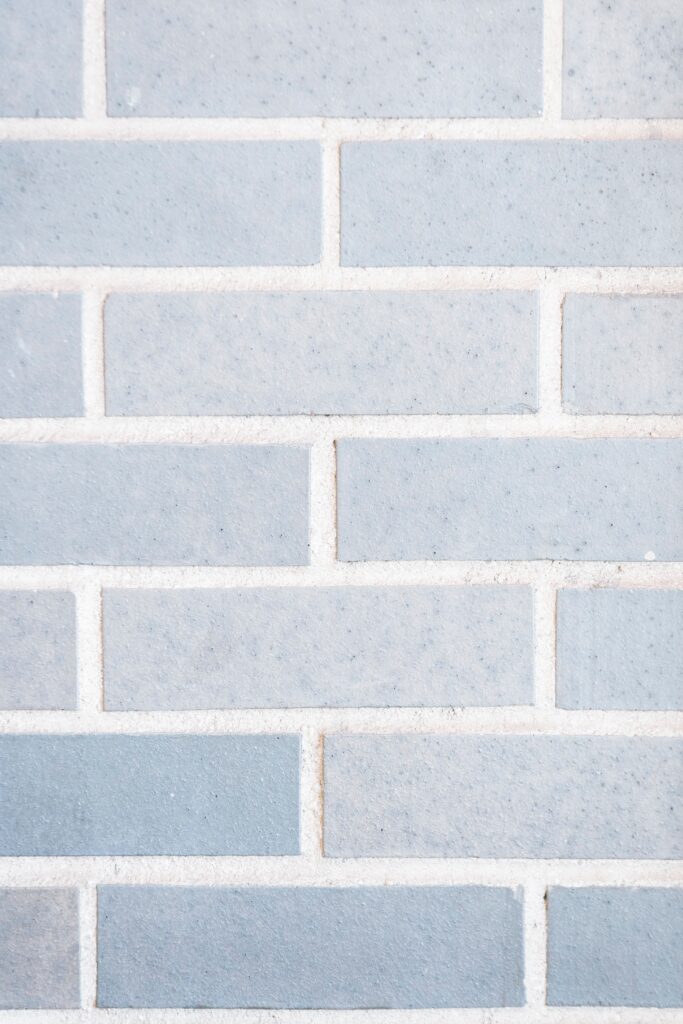You run one of your city’s rescue missions, providing shelter and food to a vulnerable and at-risk population. You are a passionate crusader for those less fortunate and work tirelessly every day to ensure that these men, women, and children aren’t forgotten. Your job isn’t easy, and it can definitely take an emotional toll, but you don’t mind. What you DO mind is having to deal with issues that take you away from providing a safe environment for your residents. One of those issues is the ongoing infestation of bedbugs in your building. These pests pose a very real threat to the people who stay in the shelter, and you just can’t seem to get ahead of them. You have spent a great deal of money (money that you would rather spend on beds, blankets, clothes, and food) on having the facility sprayed. But so far, the six or seven times the outside pest extermination company has come, the bedbugs have persisted. You worry about the health dangers of the chemicals contained in the spray, as well. What’s available isn’t green, ineffective, and very expensive. You need an alternative, something that is safe, that WORKS, and that’s affordable…and a solution that you won’t have to repeat over and over again.
For those entities that intend to treat possessions of people upon intake at a shelter, rehabilitation facility, or halfway house, there is a different protocol to follow.
The key is to have a room/chamber configured to handle contents such as clothing, backpacks, sleeping bags etc. to be laid out on racks, hung from bars, hooks and other materials to maximize the heated airflow over all the contents to kill any live bugs, larvae and eggs. Additionally, if you have access to washer and dryers, laundering clothing where possible is recommended.

In some instances, a heat chamber (or controlled environment) needs to be built (or bought) to create a condition to eradicate bedbugs. Whether you are a homeless shelter, have emergency vehicles or a hotel with clients that bring in bedbugs from extensive travel, constructing a heat chamber will help you deal with a bedbugs and reduce or eliminate the problem at inception.

What you intend to heat and the frequency of the treatment will give you direction on the size and type of chamber.

The physical construction materials of a chamber will determine the heat loss and/or heat retention value to maximize the efficiency and effectiveness of your process.

Once the size and they type of materials being used in known, you will need to insulate the interior with any of the many varieties of insulation to meet the best insulation or R* values.


You run one of your city’s rescue missions, providing shelter and food to a vulnerable and at-risk population. You are a passionate crusader for those less fortunate and work tirelessly every day to ensure that these men, women, and children aren’t forgotten. Your job isn’t easy, and it can definitely take an emotional toll, but you don’t mind. What you DO mind is having to deal with issues that take you away from providing a safe environment for your residents. One of those issues is the ongoing infestation of bedbugs in your building. These pests pose a very real threat to the people who stay in the shelter, and you just can’t seem to get ahead of them. You have spent a great deal of money (money that you would rather spend on beds, blankets, clothes, and food) on having the facility sprayed. But so far, the six or seven times the outside pest extermination company has come, the bedbugs have persisted. You worry about the health dangers of the chemicals contained in the spray, as well. What’s available isn’t green, ineffective, and very expensive. You need an alternative, something that is safe, that WORKS, and that’s affordable…and a solution that you won’t have to repeat over and over again.
For those entities that intend to treat possessions of people upon intake at a shelter, rehabilitation facility, or halfway house, there is a different protocol to follow.
The key is to have a room/chamber configured to handle contents such as clothing, backpacks, sleeping bags etc. to be laid out on racks, hung from bars, hooks and other materials to maximize the heated airflow over all the contents to kill any live bugs, larvae and eggs. Additionally, if you have access to washer and dryers, laundering clothing where possible is recommended.

In some instances, a heat chamber (or controlled environment) needs to be built (or bought) to create a condition to eradicate bedbugs. Whether you are a homeless shelter, have emergency vehicles or a hotel with clients that bring in bedbugs from extensive travel, constructing a heat chamber will help you deal with a bedbugs and reduce or eliminate the problem at inception.

What you intend to heat and the frequency of the treatment will give you direction on the size and type of chamber.

The physical construction materials of a chamber will determine the heat loss and/or heat retention value to maximize the efficiency and effectiveness of your process.

Once the size and they type of materials being used in known, you will need to insulate the interior with any of the many varieties of insulation to meet the best insulation or R* values.

Call (303) 532-2494
Call (303) 532-2494
Enter the following code in the promo coupon and receive 15% off on your next purchase.
Enter the following code in the promo coupon and receive 15% off on your next purchase.
